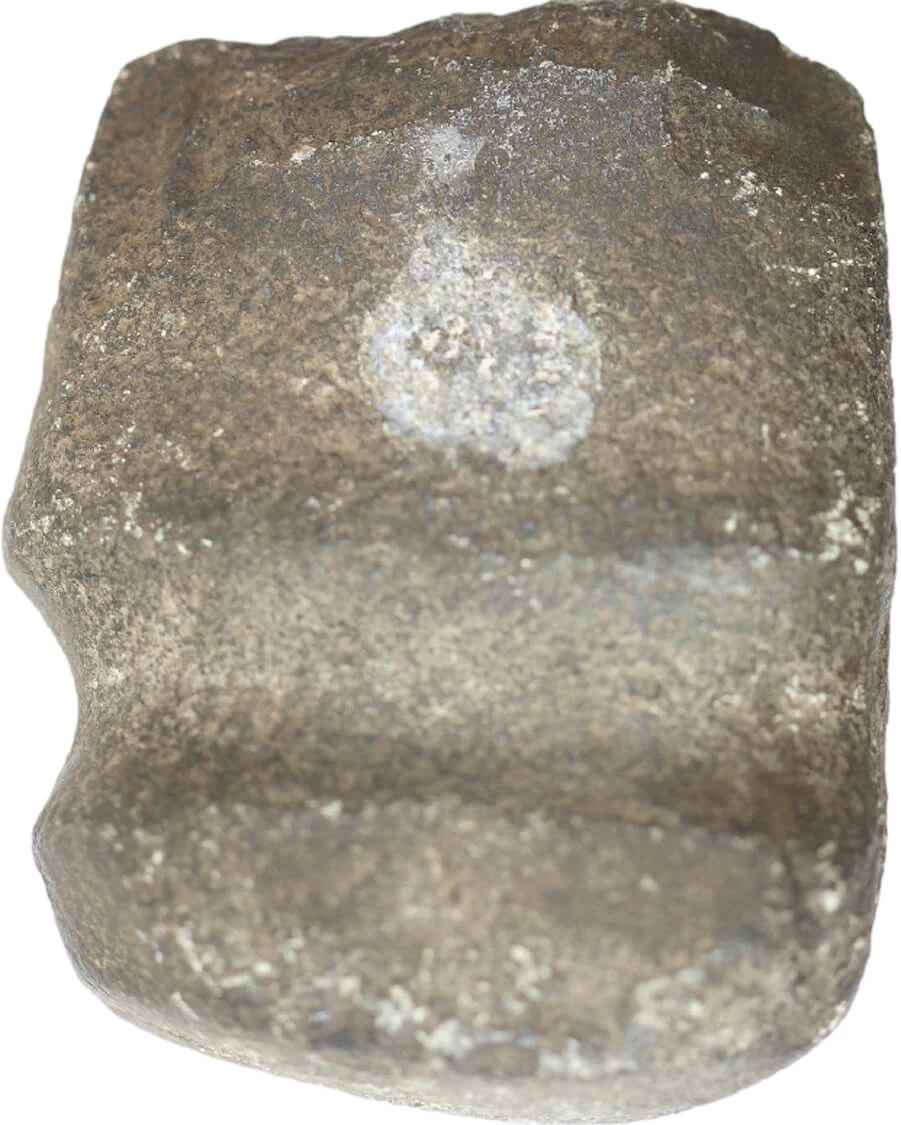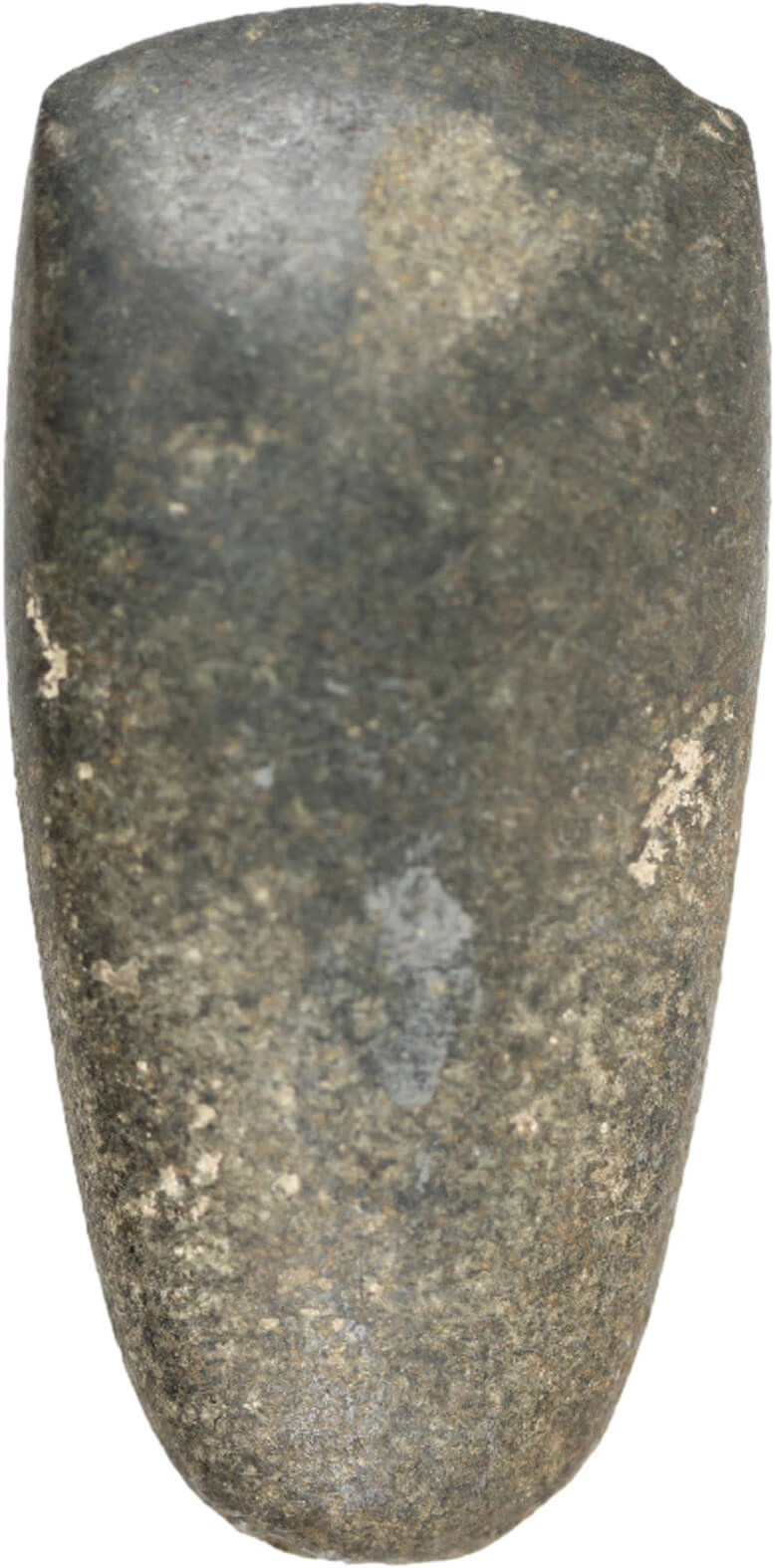Native Groups – Mississippian Tools
Mississippians were very resourceful, transforming stone, wood, and bone into a variety of tools. Often these materials were utilized in their natural form with little modification.
People have been mixing naturally occurring pigments, such as ochres and iron oxides, for thousands of years. The Mississippians were no different. A variety of pigments were used to create face and body paint, and to decorate other natural materials, such as buckskin, rawhide, bone, and wood.
Hoes
The Mississippian people used a variety of stones for making hoes. The two shown here are made from Mill Creek chert, a fine-grained sedimentary rock specific to Southern Illinois. They used Mill Creek chert for other tools too, as it is extremely tough.
Mussel shells were used by the Mississippian people to create a variety of tools, including hoes, scrapers, and spoons. Shells were also shaped into gorgets (armor-like coverings worn over the throat), beads, and pendants.
Small hoes were first created during the late Woodland period, roughly 1,400 years ago. Used for cultivating corn, the Mississippian people continued to make and use hoes.
Large hoes were created as early as 1,200 years ago, and used as recently as 500 years ago.
Stone Axes
Native cultures have used stone axes for a wide variety of tasks, including harvesting timber; shaping, splitting, and cutting wood; preparing food; as weapons; and for ceremonial purposes.
 Making a Home
Making a Home
 A Community in Conflict
A Community in Conflict
 Working for a Living
Working for a Living
 Farming in the Great Corn Belt
Farming in the Great Corn Belt
 Abraham Lincoln in McLean County
Abraham Lincoln in McLean County











